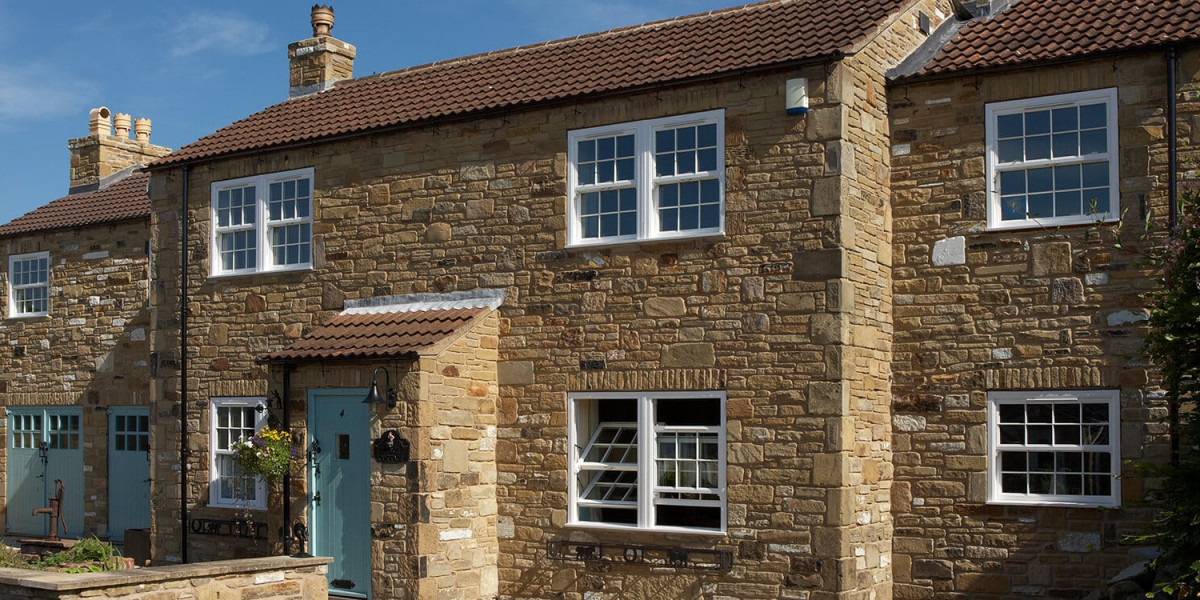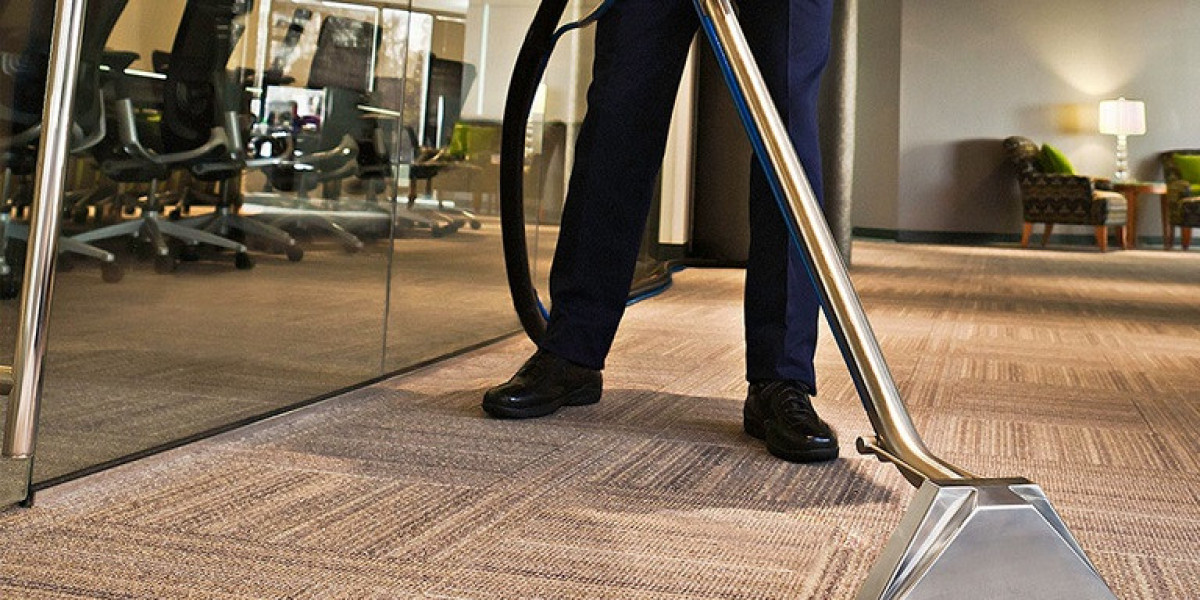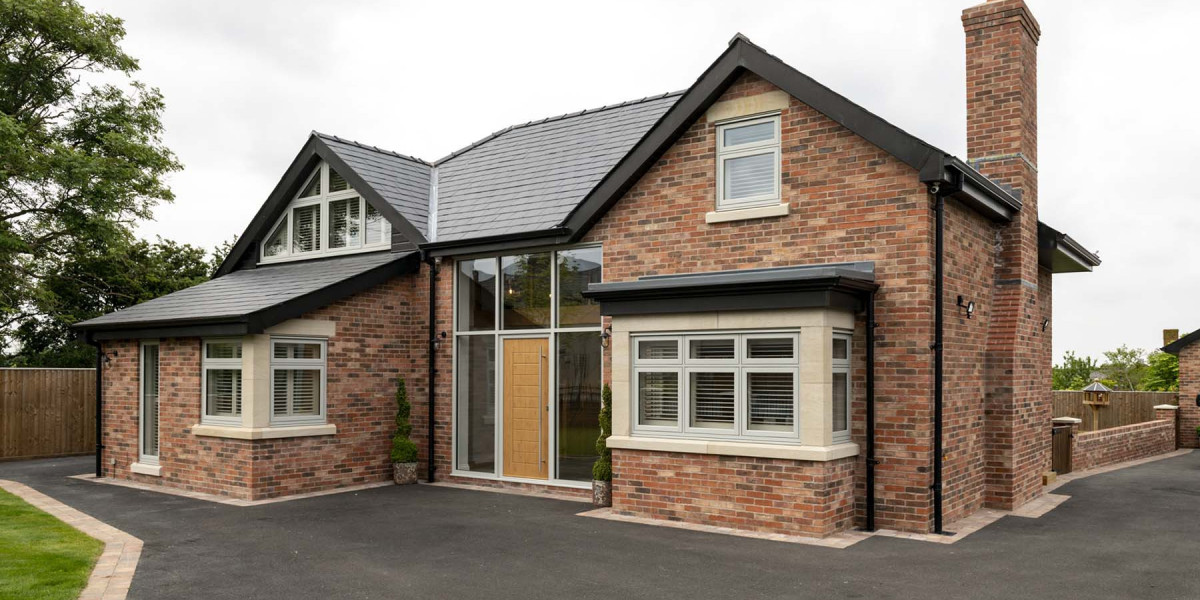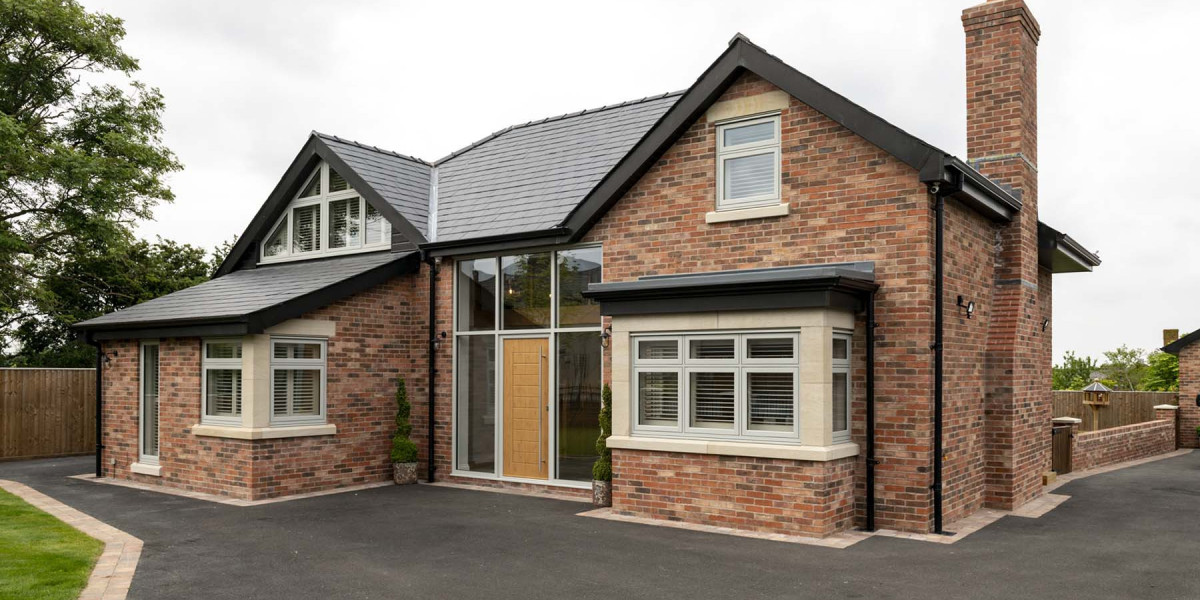In recent years, the window installation industry has witnessed significant advancements, primarily driven by technological innovations and a growing emphasis on energy efficiency and sustainability. This article explores the latest developments in window installation, focusing on smart windows, automated installation systems, and enhanced materials that are setting new standards in the industry.
The Emergence of Smart Windows
One of the most notable advancements in window technology is the development of smart windows. These windows utilize electrochromic or photochromic technologies to adjust their tint based on environmental conditions, thereby enhancing comfort and reducing energy consumption. Smart windows can change their opacity in response to sunlight, which helps regulate indoor temperatures and reduces the need for artificial heating and cooling.
For instance, companies like SageGlass and View have pioneered products that can be controlled via smartphone apps or building management systems. This level of control allows users to optimize natural light and minimize glare, significantly improving the indoor environment. The installation of these windows requires specialized knowledge and skills, making it imperative for installers to stay updated on the latest technologies and installation techniques.
Automated Installation Systems
Another groundbreaking advancement in window installation is the introduction of automated installation systems. These systems utilize robotics and artificial intelligence to streamline the installation process, reducing labor costs and improving precision. Automated systems can handle heavy glass panes, ensuring that they are installed correctly without the risk of damage.
For instance, companies are now developing robotic arms equipped with suction devices that can lift and position large windows with high accuracy. This technology not only speeds up the installation process but also minimizes the risk of human error, which can lead to costly mistakes and rework. Additionally, these automated systems can work in tandem with smart windows, ensuring that they are installed in a manner that maximizes their functionality.
Enhanced Materials and Energy Efficiency
The materials used in window manufacturing and installation have also seen considerable advancements. Modern windows are now made with advanced glazing techniques that improve thermal performance and durability. Low-emissivity (Low-E) coatings, for example, reflect infrared light while allowing visible light to pass through, significantly enhancing energy efficiency.
Furthermore, the use of triple-glazing technology has become more prevalent. Triple-glazed windows consist of three panes of glass with insulating gas fills between them, providing superior thermal insulation compared to traditional Double Glazing St Albans-glazed windows. This advancement is particularly beneficial in regions with extreme weather conditions, as it helps maintain comfortable indoor temperatures year-round.
Moreover, the integration of sustainable materials, such as recycled aluminum and sustainably sourced wood, is becoming increasingly common. These materials not only reduce the carbon footprint associated with window production but also appeal to environmentally conscious consumers.
Improved Installation Techniques
Alongside technological advancements, installation techniques have also evolved. The traditional methods of window installation have been enhanced by new tools and practices that ensure a more efficient and effective process. For example, the use of laser leveling tools allows installers to achieve precise alignments, ensuring that windows are installed squarely and securely.
Additionally, the development of advanced sealing technologies, such as polyurethane and silicone sealants, has improved the durability and weather resistance of window installations. These sealants provide better adhesion and flexibility, reducing the likelihood of air and water leaks that can compromise energy efficiency.
Training and Certification for Installers
With the rapid evolution of window technology and installation techniques, there is a growing need for skilled installers who are knowledgeable about the latest advancements. Training programs and certification courses have emerged to equip installers with the necessary skills to work with smart windows, automated systems, and advanced materials.
Organizations such as the National Fenestration Rating Council (NFRC) and the American Architectural Manufacturers Association (AAMA) offer certification programs that cover various aspects of window installation, including energy-efficient practices and the use of new technologies. These programs ensure that installers are well-versed in industry standards and best practices, ultimately leading to higher quality installations and greater customer satisfaction.
The Future of Window Installation
As we look to the future, the window installation industry is poised for continued innovation. The integration of smart home technologies is expected to drive demand for windows that can seamlessly connect with other smart devices, enhancing overall home automation. Furthermore, advancements in materials science may lead to the development of even more efficient and sustainable window options.

Additionally, as consumers become increasingly aware of the environmental impact of their choices, the demand for energy-efficient and sustainable window solutions will likely grow. This shift will push manufacturers and installers to prioritize eco-friendly practices and products, further advancing the industry.
Conclusion
The advancements in window installation technology are transforming the industry, making it more efficient, precise, and environmentally friendly. Smart windows, automated installation systems, and enhanced materials are just a few examples of how innovation is reshaping the way windows are installed and utilized. As installers embrace these changes and continue to adapt to new technologies, the future of window installation looks bright, promising improved comfort, energy efficiency, and sustainability for consumers everywhere.







